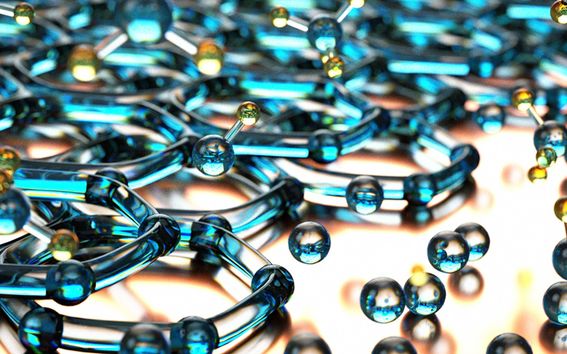Observation of spin-triplet superconductivity in CoSi2/TiSi2 heterojunctions

When
Where
Event language(s)
Abstract:
Unconventional superconductivity and in particular spin-triplet superconductivity has been front and center of topological materials and quantum technology research. In this talk I will discuss our observation of triplet pairing in nonmagnetic CoSi2/TiSi2 heterostructures on silicon. Epitaxial CoSi2/Si (S) undergoes a sharp superconducting transition at a critical temperature of 1.5 K, while TiSi2 (N) is a diffusive normal metal. We investigate conductance spectra of both two-terminal CoSi2/TiSi2 S/N contact junctions and three-terminal T-shaped CoSi2/TiSi2 superconducting proximity structures. Below 1.5 K, we observe (i) in S/N contact junctions, a narrow zero-bias conductance peak on top of a broad hump, accompanied by two symmetric side dips, and (ii) in T-shaped proximity structures, a narrow zero-bias conductance peak. In the second case, the zero-bias conductance peak is found to be more pronounced in devices constituted of more diffusive TiSi2 component, manifesting an anomalous proximity effect due to the penetration of odd-frequency spin-triplet even-parity Cooper pairs from CoSi2/Si to TiSi2. Our results point to p-wave pairing in (CoSi2/Si)/TiSi2 heterostructures.
References:
S. P. Chiu et al., Science Advances 7, eabg6569 (2021).
S. P. Chiu et al., Nanoscale 15, 9179 (2023)
- Published:
- Updated: